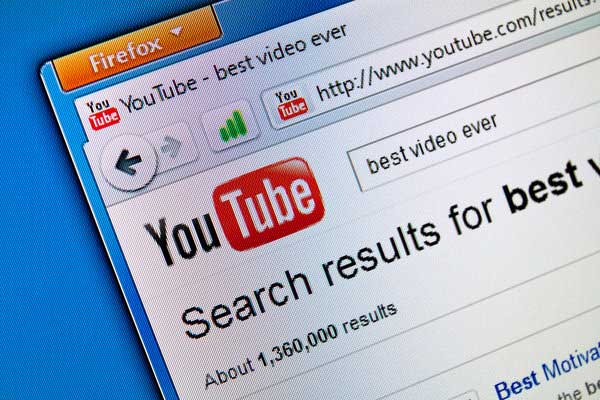YouTube recently announced major upcoming changes to its content policies regarding AI-generated media. As AI tools become more advanced and accessible, YouTube aims to increase transparency about synthetic content to protect viewers and creators.
In this comprehensive guide, we break down YouTube’s new AI policies, what they mean for creators, examples of disclosure requirements, and more. Read on to ensure you understand the future of AI on the platform.

YouTube Introduces New AI Content Policies
In a detailed blog post linked below, YouTube revealed they will roll out significant updates in 2024 to address the rapid acceleration of AI development changing the creative landscape. Their current policies now require modernization to be fit for the AI age.
Specifically, YouTube will compel creators to disclose content containing realistic altered or synthetic media made with AI tools. This includes options during upload to tag videos using generative AI. Viewers will then see indicators when watching AI-generated content.
YouTube’s Motivations Behind AI Policy Changes
YouTube emphasizes they don’t intend to discourage AI innovation on the platform. In fact, they offer creators AI-powered tools like Dream Screen. However, properly handling synthetic media requires defining parameters for appropriate use.
YouTube wants to increase transparency so viewers understand when human-made content utilizes AI augmentation versus full automation. Similarly, creators deserve protections against potential exploitation by others misusing their brand with AI.
Overall, YouTube believes judicious AI content guidelines foster creativity while limiting deception and impersonation. Their policies aim to balance equitably serving viewers, creators, advertisers, and the platform through ongoing AI advancements.
Examples of YouTube’s New AI Content Disclosures
For YouTube Shorts, alerts will appear both in descriptions and directly painted on the video itself denoting synthetic media usage. Long-form videos will likely show similar notifications as current “Includes paid promotion” indicators.
YouTube’s own AI features like Dream Screen will also trigger disclosures. However, discernibly computer-generated content may forgo in-video alerts to avoid confusing viewers through excessive signaling.
Policing Deceptive and Impersonating AI Content
Beyond transparency, YouTube wants to curb patently deceptive applications like using AI to spread misinformation or impersonate people without consent. Impersonations could exploit public figures or falsely depict private citizens in sensitive situations.
YouTube’s policy allows requesting takedowns of simulated likenesses including face and voice. Only identifiable individuals can access this removal process to date. But they are also considering extending it to artists protecting against AI styles mimicking their music.
Consequences for Violating YouTube’s AI Policies
YouTube warns creators who consistently neglect disclosing realistic altered or synthetic content face penalties like video removal, losing YouTube Partner Program monetization, or full suspension.
So clearly creators must properly self-report AI usage to comply with YouTube’s terms. Failing to tag generative content or abusing AI for deception risks punishment.
YouTube’s AI Policies Remain Partially Undefined
However, YouTube’s current guidelines still leave much open to interpretation until finalization near the 2024 rollout. The precise thresholds for mandatory AI disclosure stay vague for now.
Likewise, specifics around what constitutes identifiable individuals and stylistic music worthy of additional takedown defenses remain unclear. We expect YouTube to clarify their stances as implementation approaches.
Prepare for YouTube’s AI Future
Ultimately YouTube wants to equitably govern AI alongside human creativity on their platform. Sufficient policies boost ethical innovation while limiting harms to viewers and creators.
Although uncertainties persist until YouTube concretizes their update, this early transparency better equips the community. So stay tuned here as we track developing policies, pose your questions to YouTube, and help you legally leverage AI’s creative promise.

